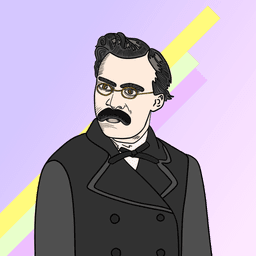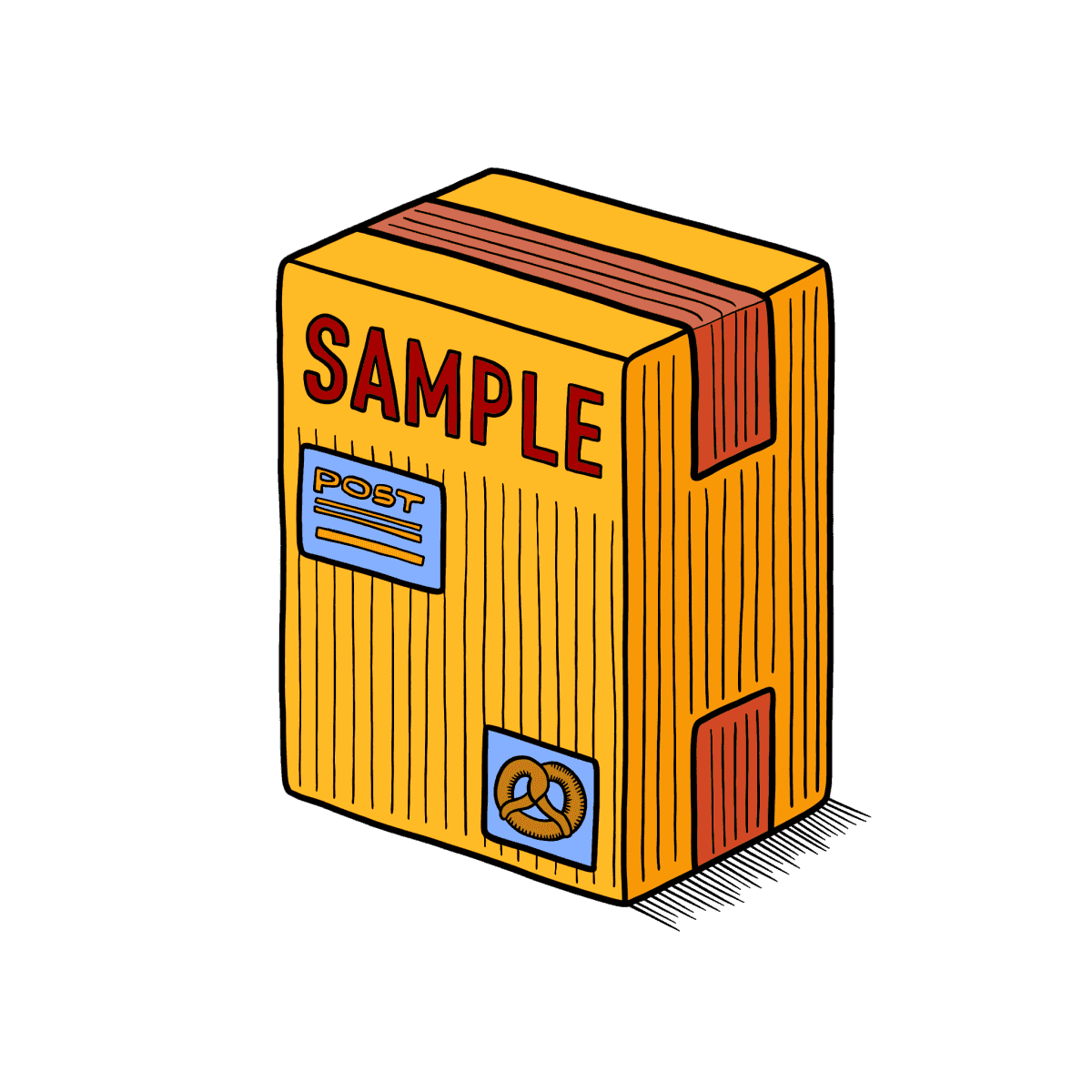Sein vs. Seinen vs. Seinem
Are you puzzled by the distinction between 'sein' and 'seinem' in German? Unravel the mystery behind these two words that often cause confusion among language learners.

If you're learning German, you may have come across the words sein and 'seinem.' At first glance, they might seem similar, but there is actually a difference between them. Let's explore and understand their meanings in this beginner's guide to German grammar.
Sein [The verb 'to be']
The word sein is a German verb that means "to be." It is a highly irregular verb and has various forms depending on the subject of the sentence. Here are the basic forms of sein:
| German | English |
|---|---|
| Ich bin | I am |
| Du bist | You are |
| Er/sie/es ist | He/she/it is |
| Wir sind | We are |
| Ihr seid | You (plural) are |
| Sie sind | They/you (formal) are |
As you can see, sein changes depending on the subject pronoun used in the sentence. It is used to indicate a state of existence or to describe characteristics or attributes of someone or something.
Here are a few examples:
Apart from meaning 'to be', the German word sein also functions as a possessive pronoun.
You would, for example, say:
In this case, sein indicates possession: You are saying, that this dog belongs to him.
Here things can get a little confusing, since possessive pronouns also declinate: This means that they will change their form (this is often the ending of the word), depending on the German case they are in.
Seinen [Possessive Pronoun (Accusative Case)]
On the other hand, "seinen" is a form of the possessive pronoun "sein" that is used specifically for the masculine accusative case. In simple terms, it is used to indicate possession or ownership of something masculine. Let's see how it works:
In these examples, "seinen" shows that something belongs to someone or is associated with someone in the masculine form. It agrees with the gender and case of the noun it refers to.
Seinem [Possessive Pronoun (Dative Case)]
On the other hand, seinem is a possessive pronoun in German. It is used to show ownership or possession. In English, it would correspond to "his" or "its" depending on the gender of the noun it refers to. Here are the different forms of seinem depending on the noun's gender and case:
| Gender | Form (Dative) | Form (Genitive) |
|---|---|---|
| Masculine | seinem | seines |
| Feminine | ihrer | ihrer |
| Neuter | seinem | seines |
| Plural | ihren | ihrer |
It's important to note that the forms change depending on the gender and case of the noun being possessed. This can seem challenging at first, but with practice, it becomes easier.
Let's look at some examples:
As you can see, seinem is used to indicate possession or ownership in these sentences.
Conclusion
In summary, sein is a verb that means "to be" and is used to express a state of existence or describe characteristics. On the other hand, seinem is a possessive pronoun that indicates ownership or possession. It is important to understand the context and the role each word plays in a sentence to use them correctly.
Learning German grammar can be challenging, but with practice and exposure to the language, it becomes easier. Keep practicing and exploring the nuances of the language, and you'll soon gain confidence in using sein and seinem correctly.




